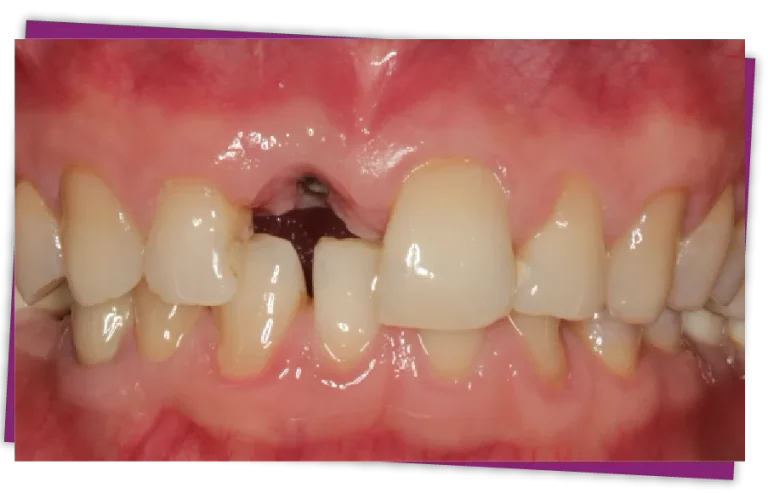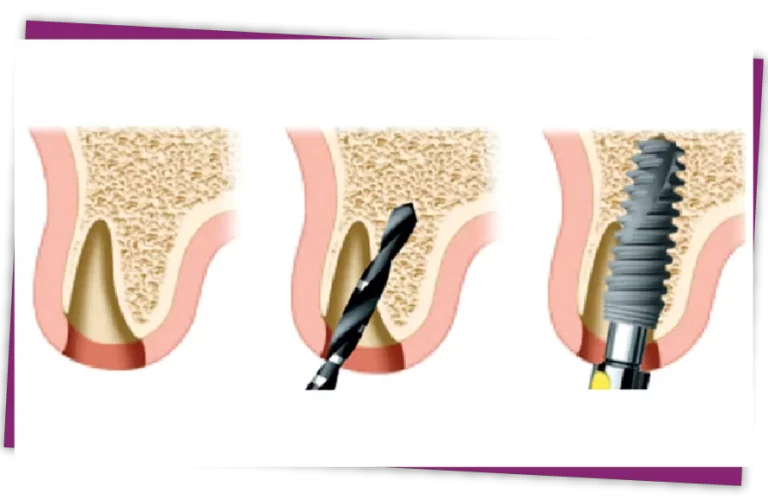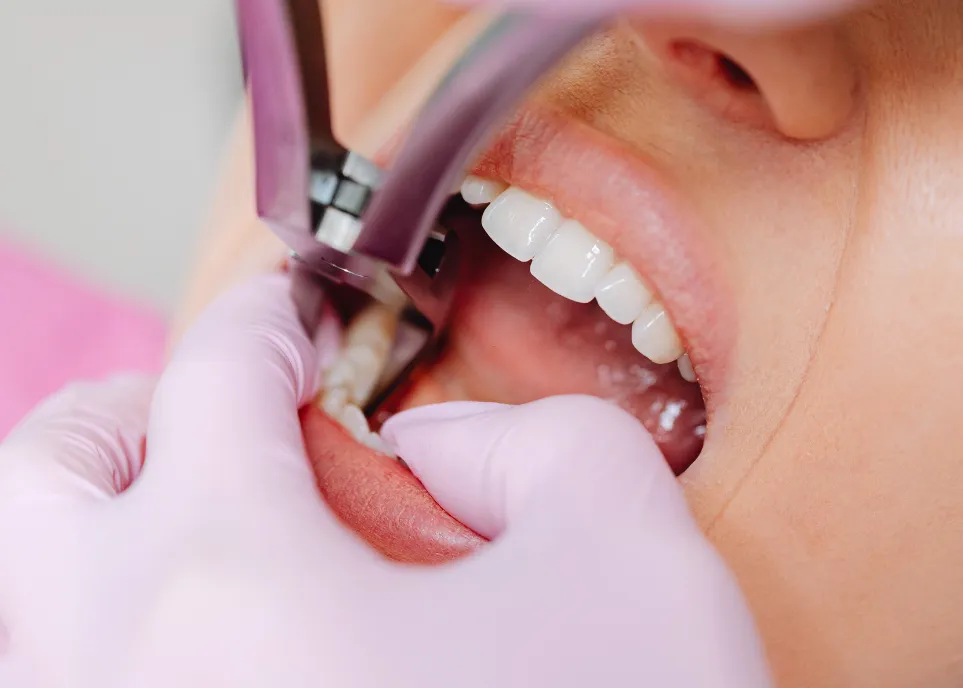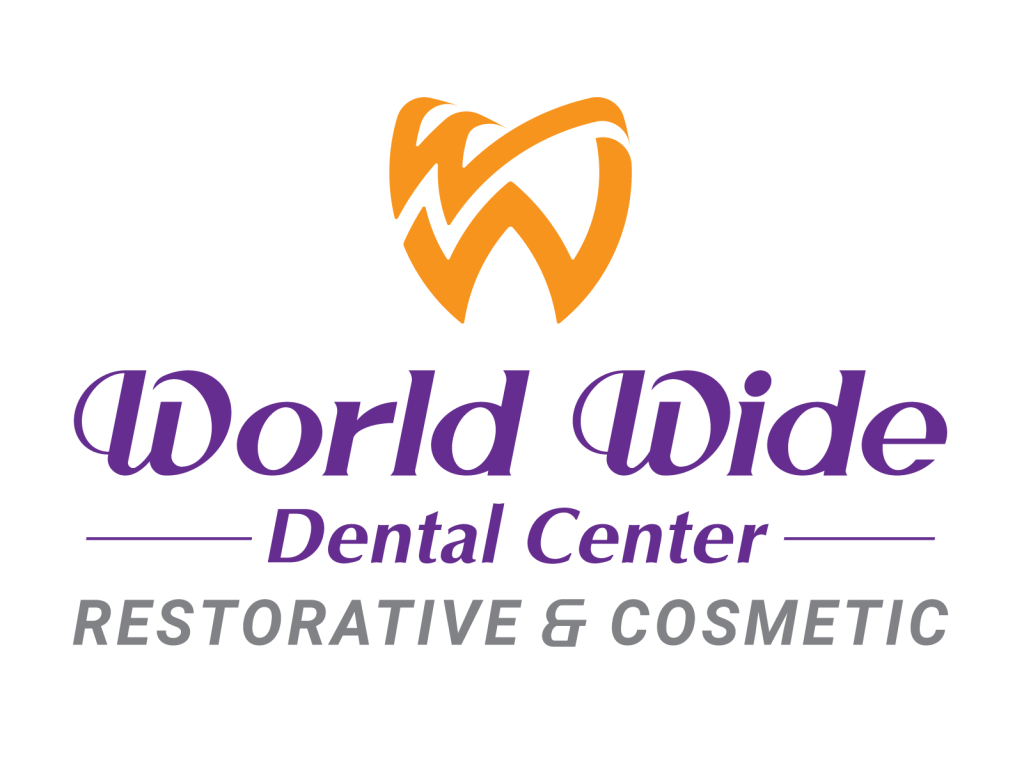IMPLANT PLACEMENT AFTER TEETH REMOVAL
Dental implants are the most comprehensive solution today to have teeth that feel natural, andachieve up to 90% of the chewing function. Dental implants, tooth extraction and Implant placement are done in one operation, also known as Implant Placement After Teeth Removal. It is increasingly and widely applied to new teeth extraction technique.
IMPLANT PLACEMENT PROCESS
The surgeon exposes the root, using a non-traumatic extraction technique to gently remove the root without damaging the alveolar bone and gum tissue.
After taking the teeth out, the surgon will place the Implant and add bone graft if necessary.
During the implant placement surgery, the alveolar bone is in an ideal state to place the Implant. If the extraction is done not in accordance with the technical expertise, it will be easy to break the alveolar bone, and it will take time to regenerate before implantation. Therefore, it is necessary to extract teeth using non-traumatic techniques, to ensure that the alveolar bone and gum tissue are not damaged.


Tooth Extraction
Tooth extraction is a common dental procedure used to remove teeth that are damaged, decayed, infected, or no longer able to be saved. While the idea of having a tooth removed can sound intimidating, modern techniques and gentle care make the process quick, comfortable, and predictable.
Extractions are often the first step toward restoring oral health, relieving pain, preventing infection from spreading, or preparing the mouth for orthodontic treatment or dental implants.
When Tooth Extraction Is Needed
- Severe decay or infection
- A cracked or broken tooth that cannot be restored
- Advanced gum disease leading to loose teeth
- Overcrowding before orthodontic treatment
- Impacted or problematic wisdom teeth
- Teeth causing pain or repeated swelling
Types of Tooth Extractions
- Simple Extraction:
- Used for teeth that are visible above the gumline. The tooth is gently loosened and removed with minimal discomfort.
- Crown / Bridge / Denture:
- Required for teeth that are broken at the gumline, stuck below the surface, or impacted (like many wisdom teeth). This procedure involves a small incision to safely remove the tooth.
- Both methods are performed with local anesthesia to ensure a pain-free experience.
What to Expect During the Procedure
- Examination & X-Rays
- Your dentist evaluates the tooth and surrounding bone to plan a safe extraction.
- Local Anesthesia
- The area is numbed completely to minimize discomfort.
- Tooth Removal
- The dentist gently loosens the tooth and removes it or performs a surgical approach if needed.
- Cleaning & Protection
- The site is cleaned to prevent infection, and stitches may be placed for surgical cases.
- Post-Extraction Instructions
- You'll receive clear aftercare guidance to support smooth healing.

Healing & Aftercare
-
- Mild swelling for 1–2 days
- Gradual improvement within the first week
- Complete healing in several weeks
Why Tooth Extraction Can Improve Your Oral Health
- Eliminate pain and discomfort
- Prevent infections from spreading
- Protect surrounding teeth
- Prepare your mouth for implants, bridges, or orthodontics
- Improve long-term oral health and function







